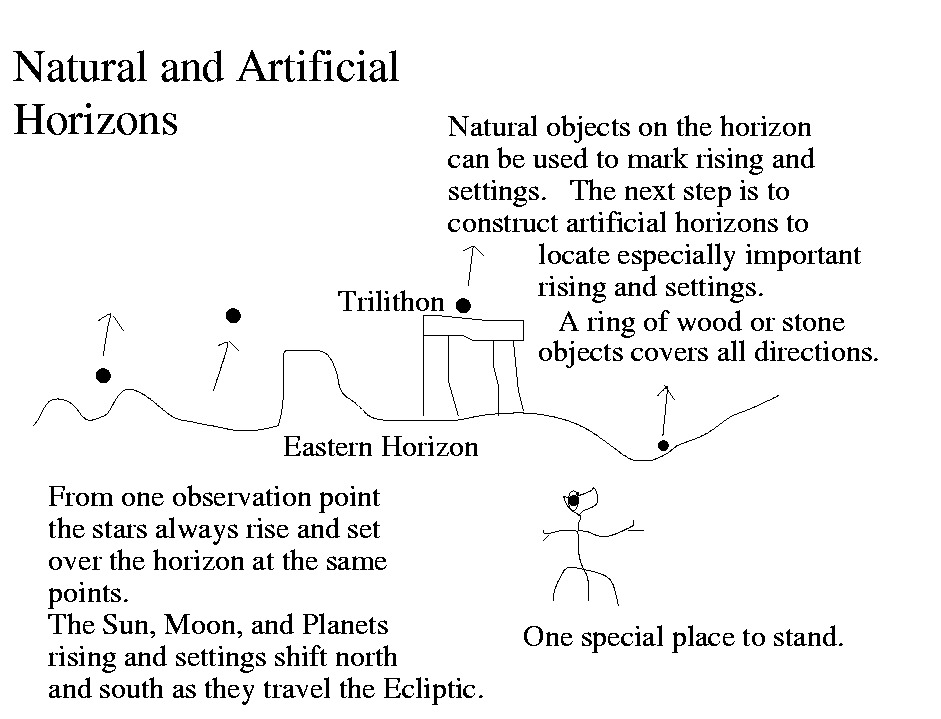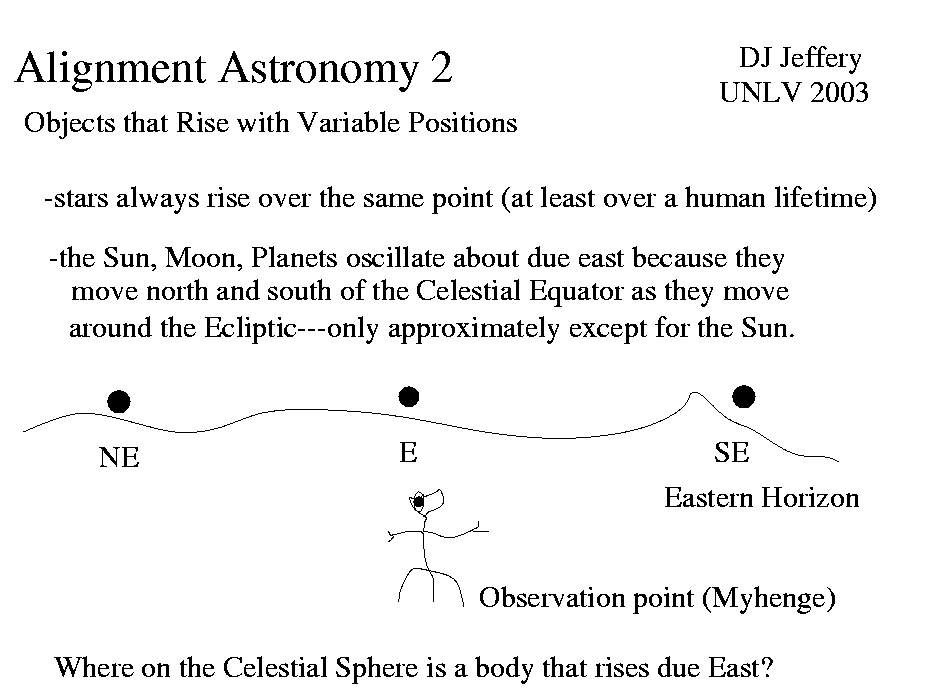

Image 1 Caption: Image 2 Caption: Natural and artificial horizons.
Features:
- Note that stars rise over the
same place every day as observed from the same place ("Myhenge"), but they
rise earlier and earlier every day by ∼ 4 minutes
(the time difference between the
sidereal day = 23:56:4.0905 = 86164.0905 s
= 1 day - 4 m + 4.0905 s (on average)
and
solar day = 24 h + 0.002 s = 86400.002 s (J2000):
see also Wikipedia: Solar time)
due to the
eastward motion of the
Sun on the
ecliptic
as seen from the fixed Earth perspective.
For more explication of the earlier and earlier rising, see
IAL 2: The Sky: The Stars Rise Earlier Every Day.
- The special name give to the rising of stars
just before sunrise is
heliacal rising.
Pre-modern people who rose before sunrise
were often very aware of
heliacal risings since
that is when they would first see
stars and
constellations
that they had last seen just west
of the Sun at
sunset.
In the absent time, the stars and
constellations
were lost in the daytime
glare of the Sun.
The length of the absent time is various and depends on vary variable observing
conditions.
However it takes the Sun about a
month to move 30° relative
to the fixed stars,
including notably the zodiac constellations,
and 30° relative to the Sun
may be about as close to the Sun
as you can see a star
at sunset and
sunrise with just casual observations.
So about 2
months for the
absent time.
- The heliacal risings of
specific stars and
constellations
marked the time of the
solar year = 365.2421897 days (J2000).
Most famously, the
heliacal rising
of Sirius
which happend in mid July in
Classical Antiquity
(8th century BCE -- 5th century CE
marked the start of the Dog Days
of summer.
Due to the axial precession,
the heliacal rising
of Sirius
is now in mid August, but
we still have the
dies caniculares: i.e.,
the puppy days---the Romans were being cutesy.
-
Images:
- Credit/Permission: ©
David Jeffery,
2003 / Own work.
Image link: Itself.
- Credit/Permission: ©
David Jeffery,
2003 / Own work.
Image link: Itself.
File: Archaeoastronomy file: horizon_observation.html.